Unique Forms of Continuity in Space has also been compared to Rodins armless Walking Man of 1907. This international composition competition is an opportunity for composers to express the.
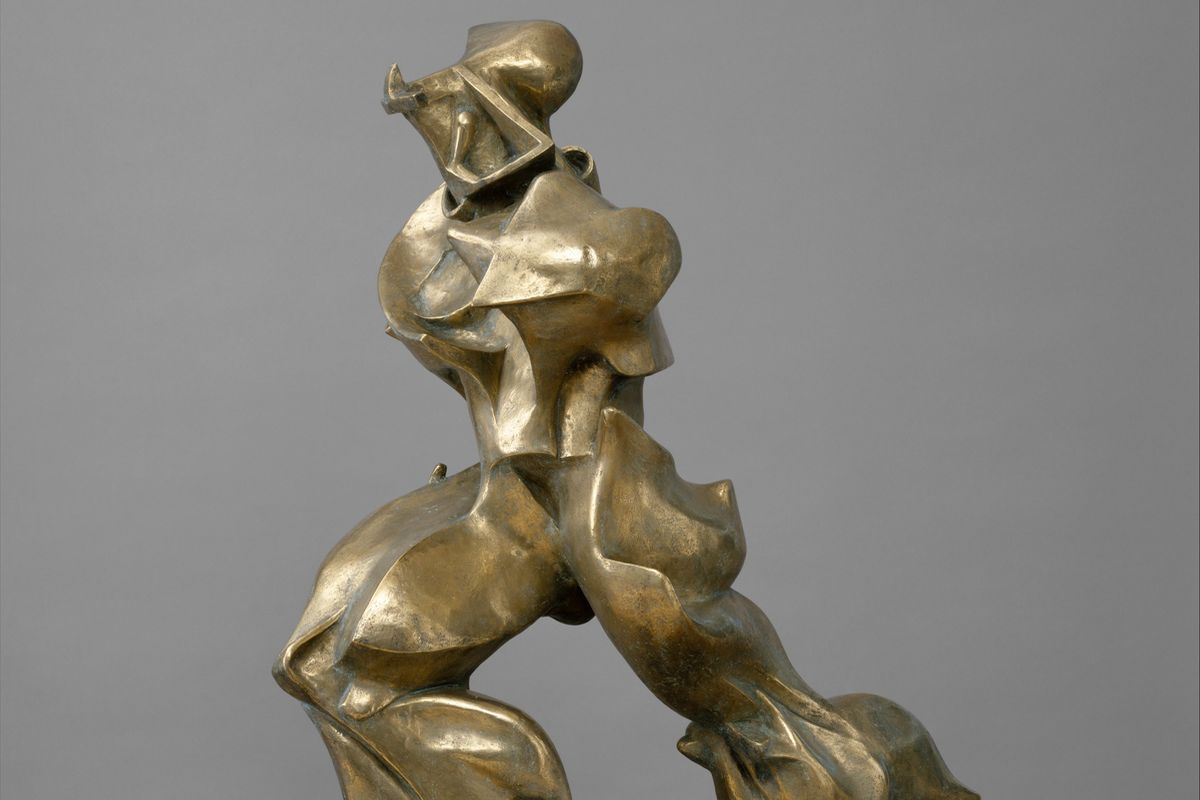
All You Need To Know About Boccioni S Unique Forms Of Continuity In Space Widewalls
Painting and sculpturecontours of a bottle and Unique Forms of Continuity in Space 1913 in which a human figure is not portrayed as one solid form but is instead composed of the multiple planes in space through which the figure moves.
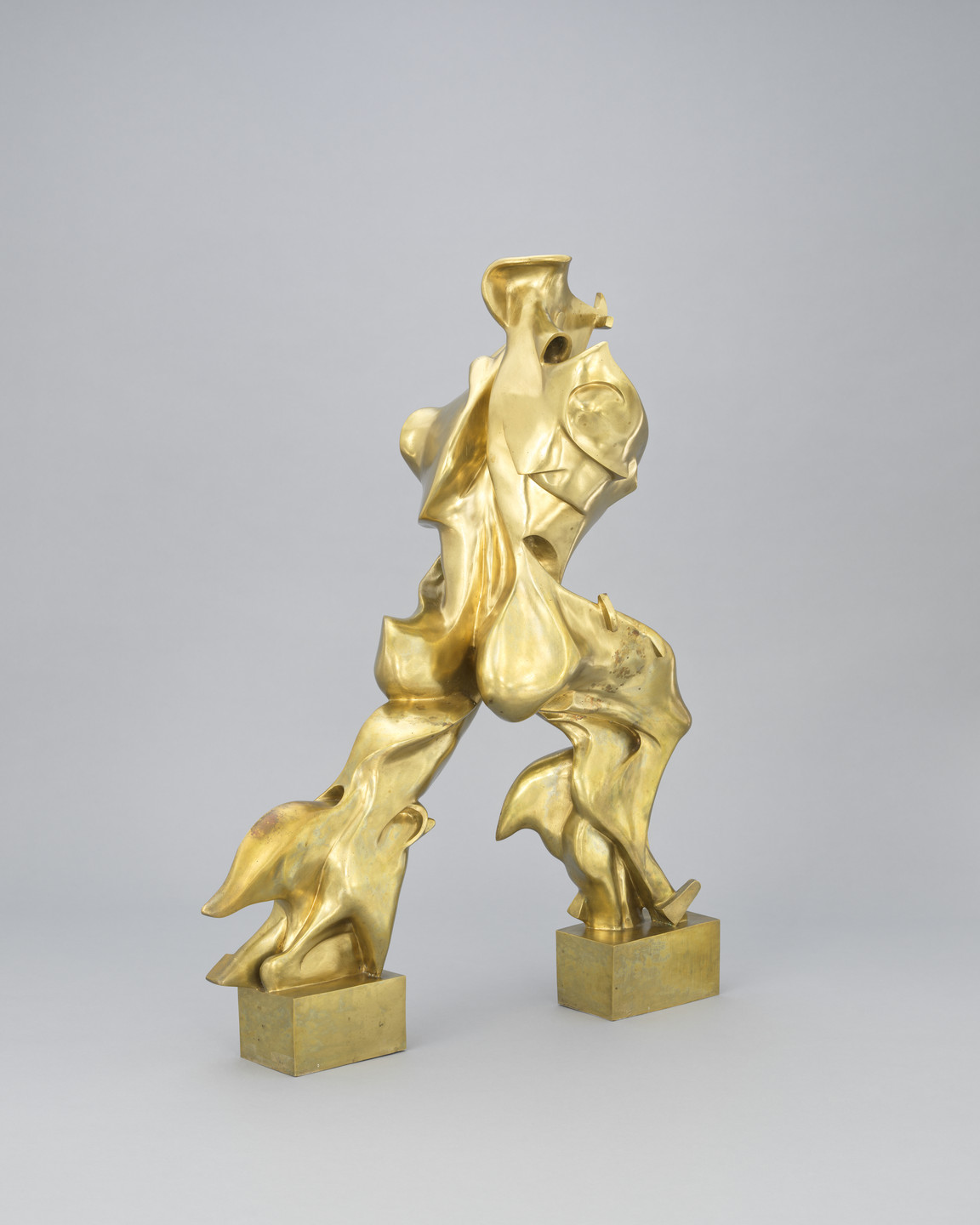
Unique forms of continuity in space style. Though Boccioni apparently reviled traditional sculpture Unique Forms of Continuity in Space does resemble more realist works. Sold for 16165000 on 11 November 2019 at Christies in New York. As Futurisms leading art theorist Boccioni considered the work of other Modernist artists to be mired in what he called analytical discontinuity.
Mutt and claimed for it the status of sculpture. Boccioni unique forms of continuity in space. Boccionis Unique Forms of Continuity in Space a sculpture depicting an abstracted quasi-human form in motion was considered at the time of its making to represent the height of achievement when it came to depicting movement through the plastic arts.
Consistent with many of themes in Boccionis manifesto the work of art highlights the artists first successful attempt at creating a sculpture that both molds and encloses space within itself. Boccionis Unique Forms of Continuity in Space in terms of modernity and urban life. Bronze with gold patina.
It was derived from Marinettis manifesto. The Futurists celebration of the fast pace and mechanical power of the modern world is emphasized here in the sculptures dynamism and energy. Unique Forms of Continuity in Space was created in 1913 by Umberto Boccioni in Cubism style.
Boccioni made the plaster sculpture in 1913 with the bronze examples seen in museums being cast from the plaster sculpture or from other bronze castings. 46 in 117 cm. Boccionis Unique Forms of Continuity in Space figure 1 was created in Italy at the height of Futurism.
Unique Forms of Continuity in Space has also been compared to Rodins armless Walking Man of 1907. Umberto Boccionis Unique Forms of Continuity in Space In New York___________submitted a common urinal to the Independents Exhibition in 1917 titled it Fountain signed it R. The figures marching silhouette appears deformed by wind and.
It does not depict a particular person at a specific moment but rather synthesizes the process of walking into a single body. 7 The lack of arms also pays homage to Auguste. In the Futurist sculpture Unique Forms of Continuity in Space Umberto Boccioni attempts to asked Sep 4 2016 in Art Culture by Stanley1984 art-appreciation.
Unique Forms is one of a series of sculptures of striding figures that Boccioni created in 1913. Saved by Fernanda Cisfi. The unknown figure strides through space almost appearing in a superhuman fashion.
Later cast into bronze by Boccioni himself in the year 1913. Up until 1912 Boccioni had been a painter but after visiting. The Unique Forms of Continuity in Space was created by Umberto Boccioni in 1913.
6 It is reminiscent of the classical Winged Victory of Samothrace which Filippo Marinetti founder of Futurism declared was inferior in beauty to a roaring car. Unique Forms of Continuity in Space was created in 1913 by Umberto Boccioni in Cubism style. Bronze futurist sculpture by Umberto Boccioni.
This was one of Boccionis few cast pieces however he skillfully executes the essence of the futurist movement. Umberto Boccioni Dynamism of a Soccer Player 1913 oil on canvas 1932 x 201 cm The Museum of Modern Art New York Unique Forms is one of a series of. The Futurists wanted to destroy the museums but in the end their work was added to the canon of Italian sculpture.
Unique Forms of Continuity in Space integrates trajectories of speed and force into the representation of a striding figure. The title of the competition Forme Uniche della Continuità nello Spazio Unique Forms of Continuity in Space is derived from the famous sculpture by Italian futurist artist Umberto Boccioni. Umberto Boccioni 1882-1916 Forme uniche della continuità nello spazio Unique Forms of Continuity in Space conceived in 1913 and cast in 1972.
Boccioni produced several mixed media sculptures and the original Unique Forms of Continuity in Space was like the majority of his sculptures made of plaster. Unique Forms of Continuity in Space. Unique Forms of Continuity in Space is a famous large bronze sculpture by Italian futurist artist Umberto Boccioni.
Futurism was the foundation for Boccioni and his counterparts to work.
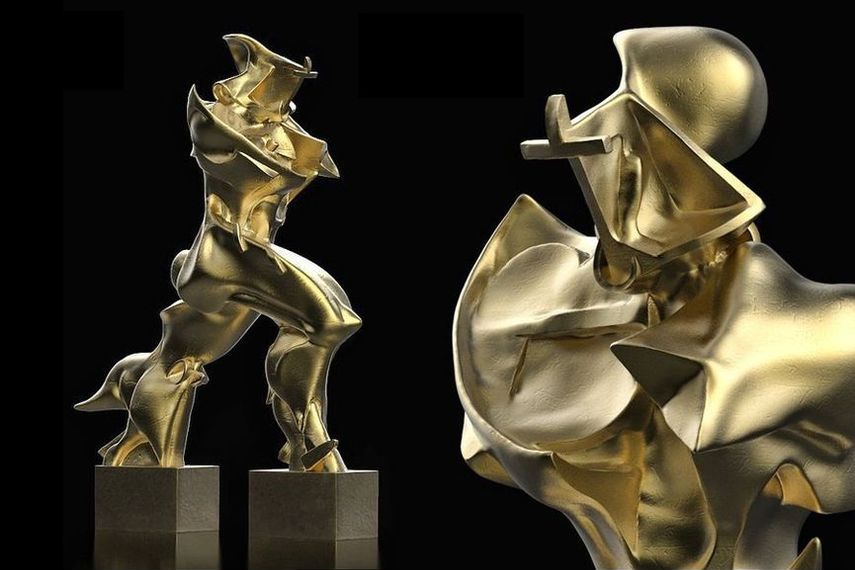
All You Need To Know About Boccioni S Unique Forms Of Continuity In Space Widewalls
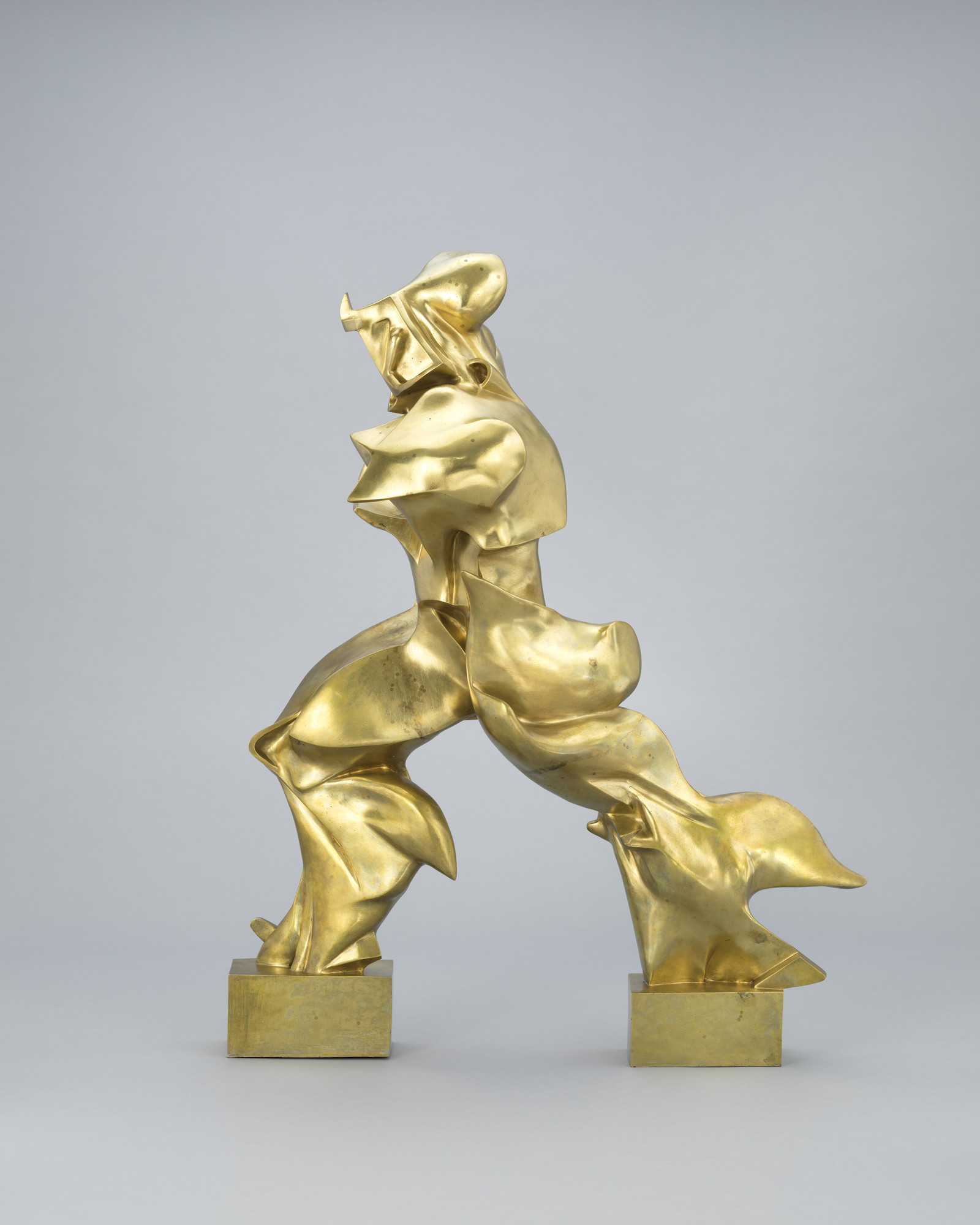
Umberto Boccioni Unique Forms Of Continuity In Space 1913 Cast 1931 Or 1934 Moma

All You Need To Know About Boccioni S Unique Forms Of Continuity In Space Widewalls

Umberto Boccioni Unique Forms Of Continuity In Space Article Khan Academy

Umberto Boccioni Unique Forms Of Continuity In Space 1913 Cast 1931 Or 1934 Moma
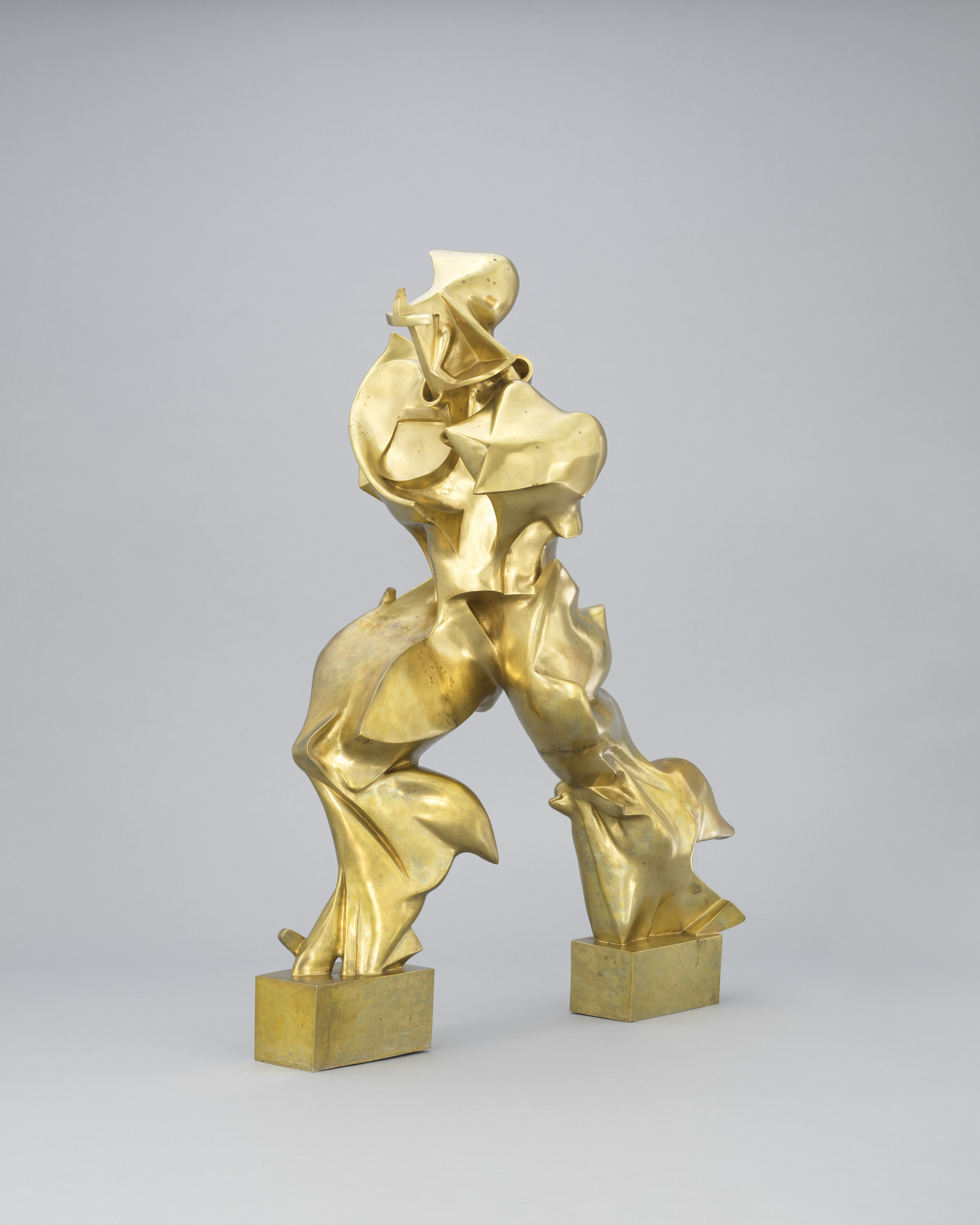
Umberto Boccioni Unique Forms Of Continuity In Space 1913 Cast 1931 Or 1934 Moma

Umberto Boccioni Unique Forms Of Continuity In Space Smarthistory
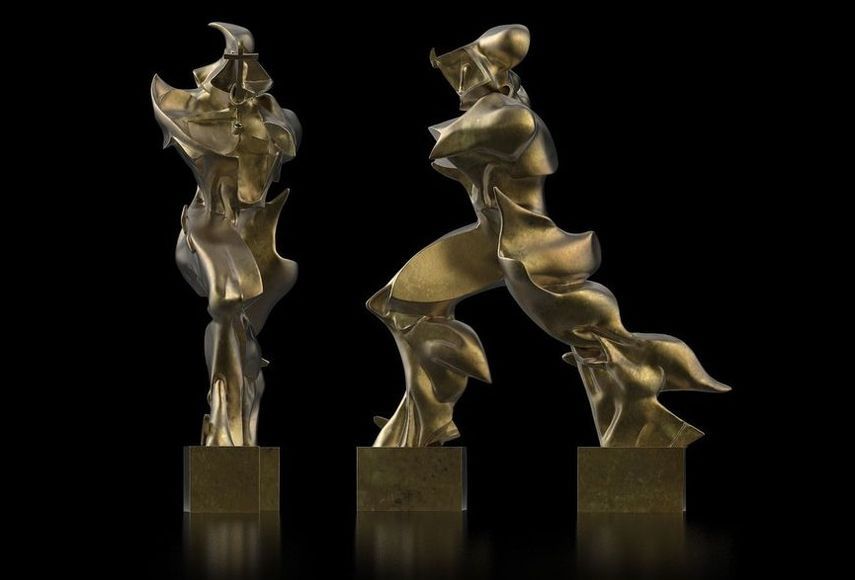
All You Need To Know About Boccioni S Unique Forms Of Continuity In Space Widewalls

0 comments:
Post a Comment